If you don’t have time to read this article, then comparing the 24mm vs 28mm lens:
- The 24mm is a better lens for landscapes and architecture.
- Depending on your photography style, you can pick either one of the lenses for street photography or events.
- The 24mm focal length has more options to choose from at f/1.4, for those who need a wide aperture.
- The 28mm focal length limits you to third-party manufacturers. 24mm lenses are often better priced too.
When you are getting into wide-angle lenses, deciding which focal length will work for you can be quite hard. In a perfect world, you would buy all the lenses, and you wouldn’t have to think about it. However, good wide-angle lenses tend to be quite expensive.
So, if you have doubts when choosing between a 24mm lens, and a 28mm lens, this article is for you.
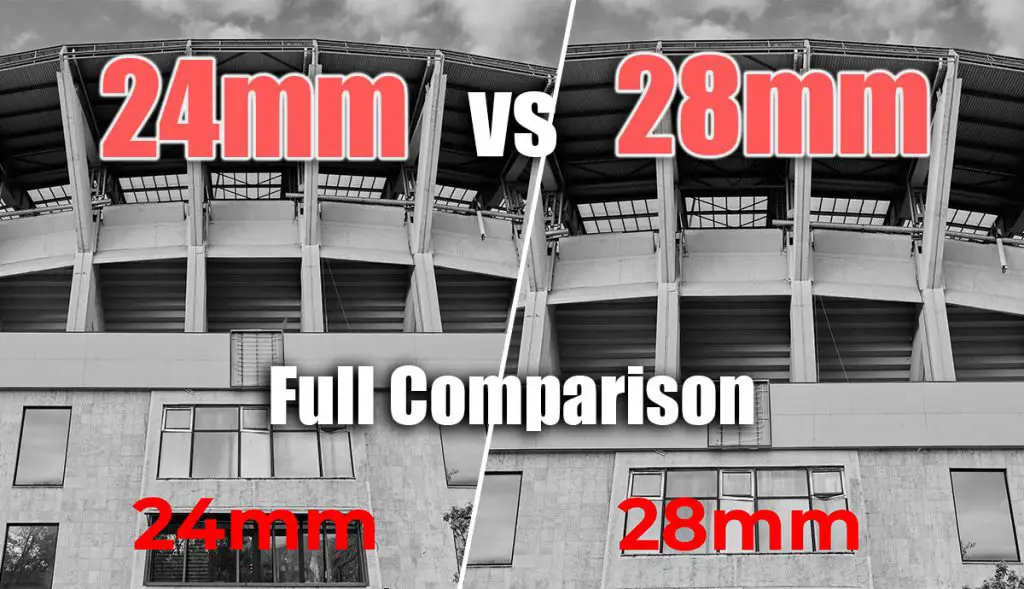
What is a 24mm lens good for?
If you check the kit lenses that come with most full-frame cameras, you will notice that almost all of them start at 24mm. Whether it is a 24-105mm lens or a 24-70mm lens, the common denominator is the 24mm range.
This ought to tell you that the 24mm lens is considered to be the default wide-angle lens. This is not by chance that focal length is quite useful in many situations, especially for professional photographers.
Low light capabilities
Most of the time, wide-angle lenses are good performers in low light. This is due to the fact that you can drag your shutter (use a slower shutter speed) because of the focal length.
The revised reciprocal rule states that for handheld shooting without image stabilization, you can use a shutter speed that is the closest to one over twice the focal length. For a 24mm lens, that is 1/48, so a shutter speed of 1/50 is the way to go.
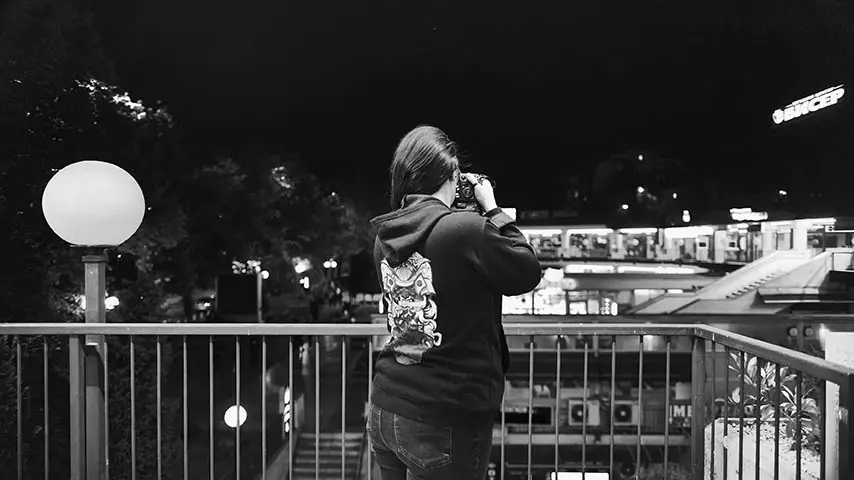
As you can see, this allows you to use quite slow shutter speeds safely, which will allow you to keep your ISO a bit lower.
Moreover, prime lenses often feature fast apertures as well. You will find 24mm f/1.4 lenses from pretty much every manufacturer out there. Third-party manufacturers will have 24mm f/1.4 lenses for less than $1000, while original manufacturers can cost upwards of $1500.
Fast apertures are of great help in low-light scenarios. Pair that with the ability to use slow shutter speeds, and you can keep your ISO quite low.
Great for landscapes
If you go for landscapes, the first thing you will probably need is a wide-angle lens. The 24mm lens feels at home in this category. It is not an ultrawide lens, so don’t expect to capture literally everything you can see.
However, it is still quite wide, capturing a lot. At that focal length you have plenty of room to play with the composition, managing foreground and background objects equally.
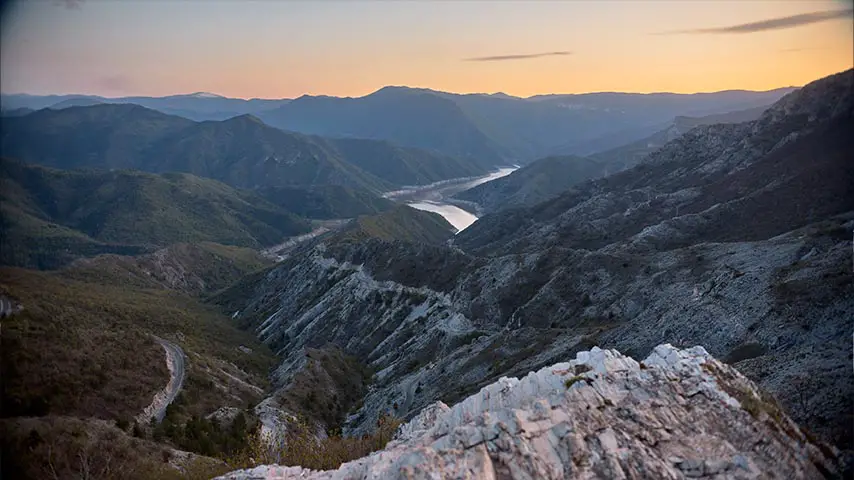
Using this lens for landscapes on a crop sensor is a bit more limiting.
Since the crop cameras apply at least 1.5x crop factor, that makes this lens effectively a 36mm lens. With that field of view, landscapes are a harder to compose.
This means that you will need to focus on details and segments more, instead of whole vistas.
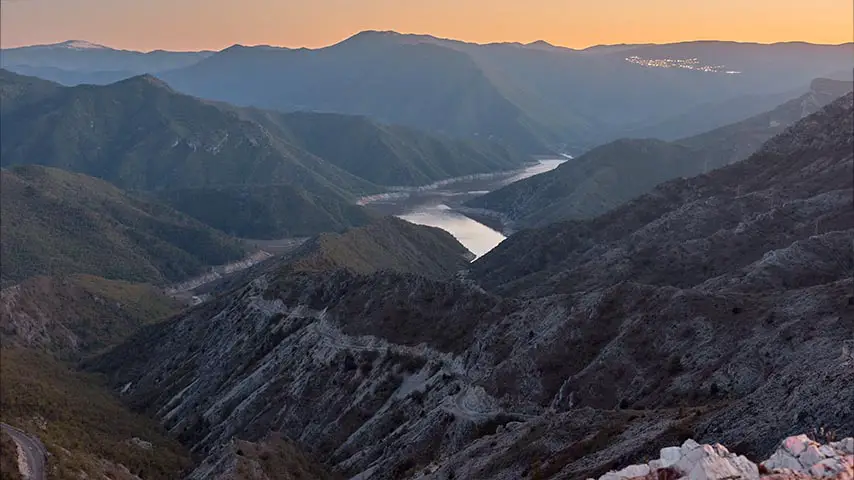
Decent for architecture on a full frame camera
Architecture often calls for wide-angle lenses or even ultra wides. The 24mm lens won’t be able to do everything architecture-wise, but it can still manage a lot.
Since the 24mm lens is not in the ultrawide range, it suffers from less distortion. That often works well for architecture.
Of course, with 24mm, if you want to capture really large buildings, you will need a bit more space.
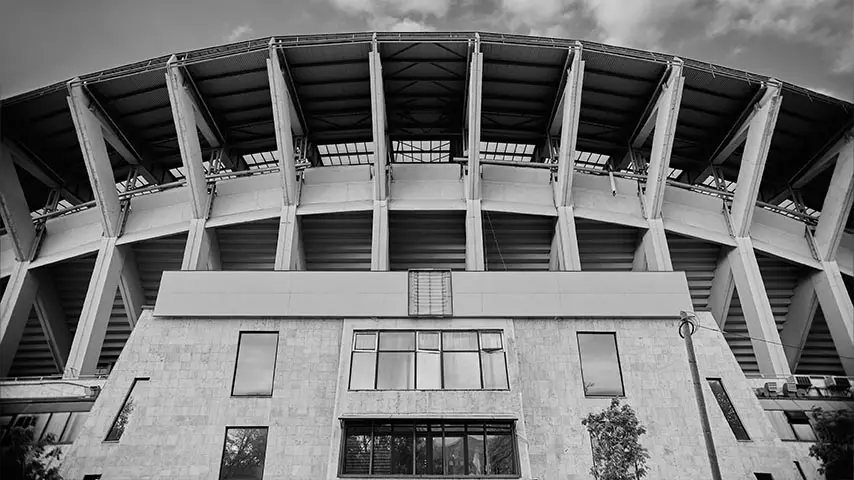
In the photo above, you can see the long side of the Toshe Proeski National Arena in Skopje. It has 33,000 seats, so it is a medium-sized stadium. The distance between the nearest wall and the camera is roughly 20 meters.
Just for reference, the stadium barely fits in the frame with a 14mm lens from the exact same spot.
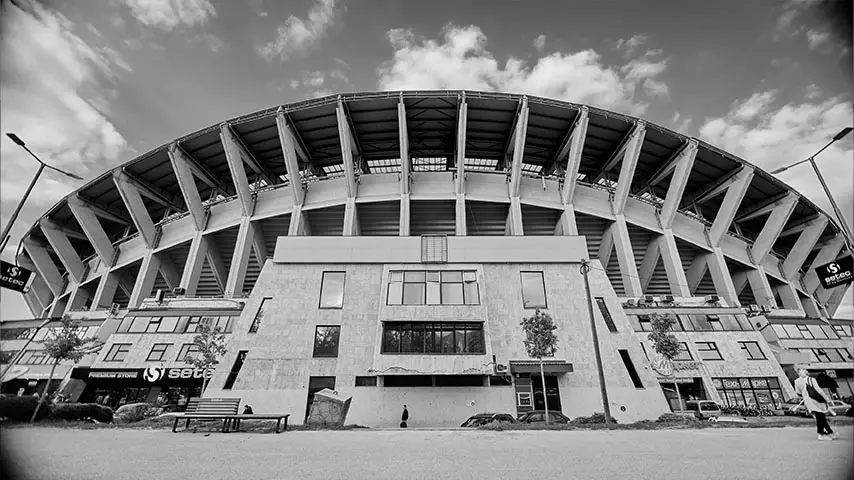
A great choice for event photography
If you shoot weddings, ceremonies, corporate events, and other scenarios where you need to photograph multiple people at once or capture the atmosphere, a 24mm lens work great. Gives you enough field of view to put multiple people in the frame or capture crowds with a couple of steps back.
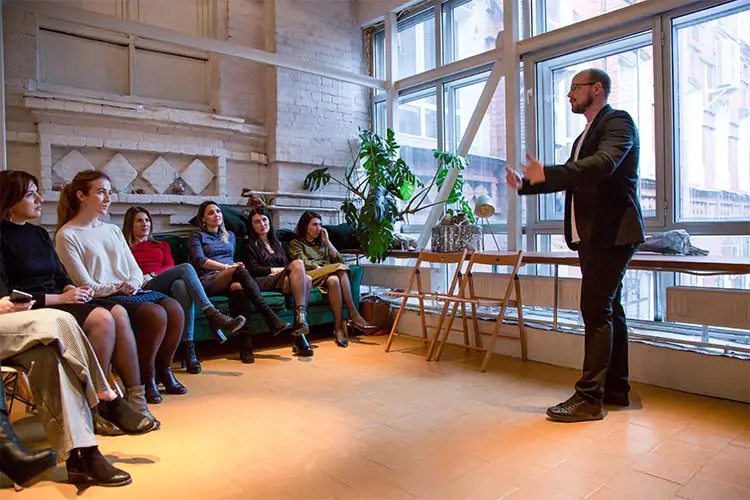
This is the reason why event photographers have their 24-70 f/2.8 on their camera bodies most of the time.
24mm is a solid street photography lens
When it comes to street photography, photographers often opt for a 50mm lens (or less) due to the pioneers of the genre. However, slapping on a wide-angle for street photography can prove to be quite cool by offering a bit of an exaggerated perspective.
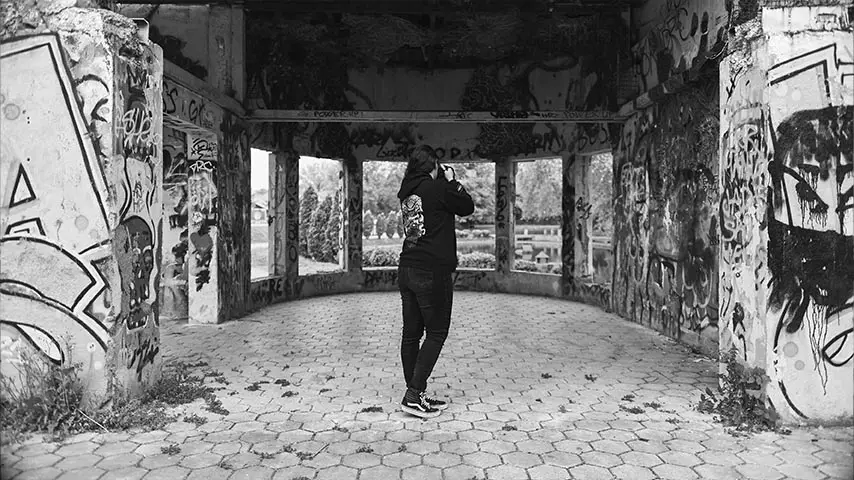
On a crop sensor, this lens becomes equivalent to 36mm, or 38.5mm for Canon. This puts the 24mm into the classic range of street photography lenses.
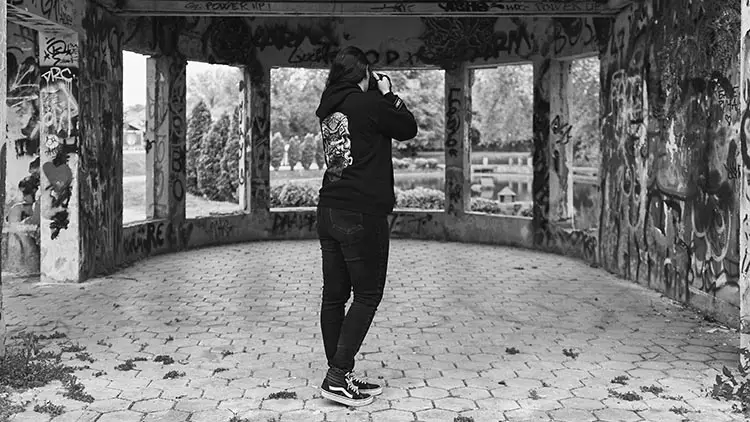
When should you use a 28mm lens?
Using a 28mm lens will often feel like using a slightly cropped wide angle lens. That slight crop can tip the scales and put the 28mm lens in a different category.
It is good for low light photography
Just like the 24mm lens, the 28mm lens is a great choice for low light photography. Following revised reciprocal rule, you will end up at a minimum shutter speed of 1/60 when shooting handheld without image stabilization.
That makes this lens ⅓ stop darker. In practice, that difference is insignificant.
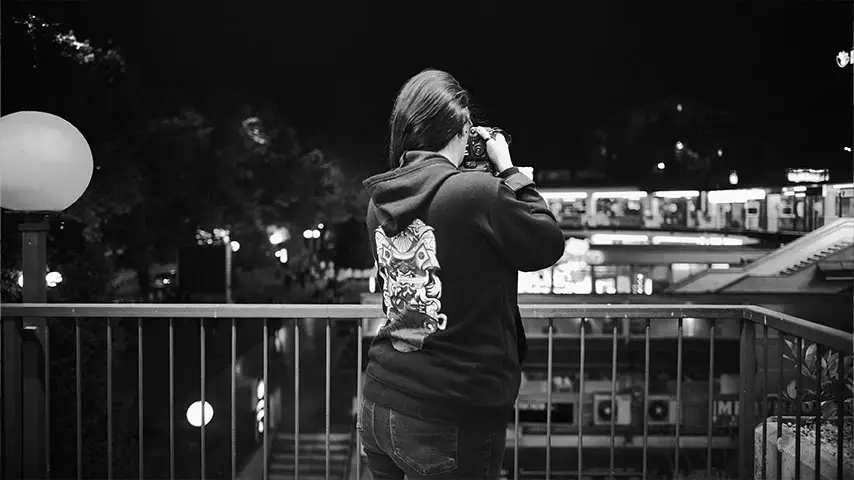
Aperture-wise, the 28mm lens is a different story. Some manufacturers don’t produce 28mm f/1.4 lenses. So if you aren’t willing to use a third-party lens, your options might be limited.
Nikon and Leica offer 28mm f/1.4 variants of the lens, priced at $2000 and $7800, respectively.
A solid landscape lens
Even though the 28mm lens is not as wide as the 24mm lens, it can still do a great job for landscapes. It is slightly limiting, but that all depends on what you are trying to shoot. It might prove a bit harder to balance foreground and background elements.
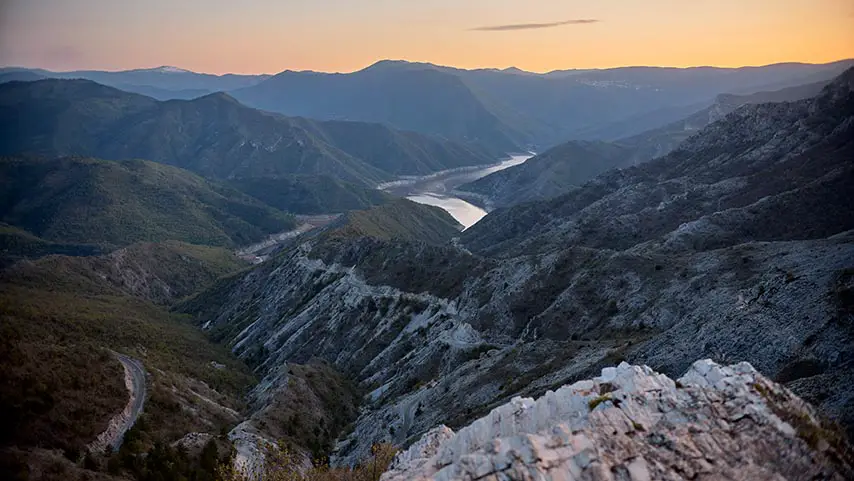
On a crop sensor, the 28mm lens is even more selective. Since it becomes equivalent to a 42mm lens, it is quite hard to capture wide vistas. That means you’ll have to resort to more selective shots.
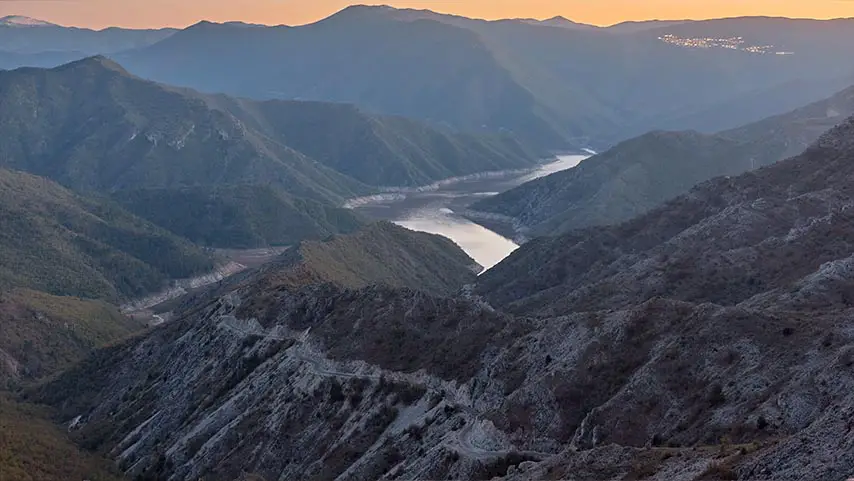
It works for architecture in a pinch
If you do not have any other lens with you, a 28mm lens will do a decent job for architecture, if you can settle for smaller buildings or parts of buildings.
Even though the 28mm lens will have little to no distortion, it is not wide enough for big buildings.
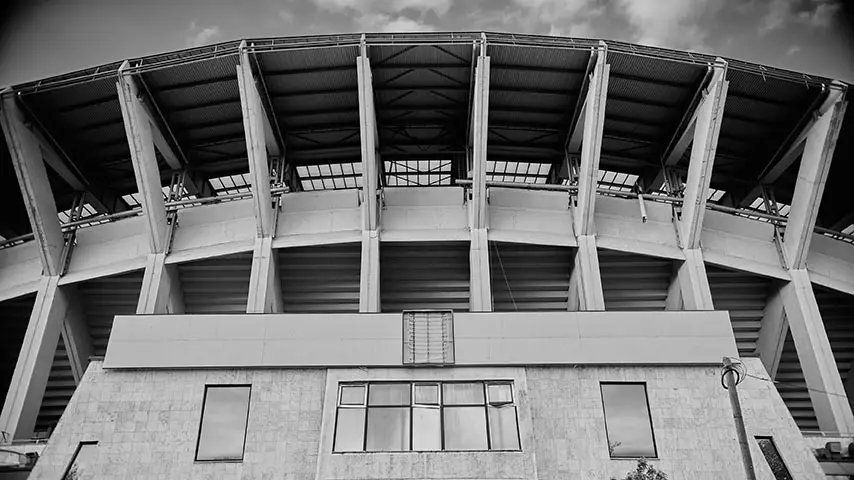
A good choice for events
Even though it is not as wide as a 24mm lens, a 28mm can be a good substitute.
Depending on the venue and the crowd, the 28mm lens can work equally as well as the 24mm lens. You can still photograph groups and capture the atmosphere in a crowd.

The 28mm lens is great for street photography
Even though it is a bit tighter than the 24mm lens, this might be a slight advantage for the 28mm lens.
Being a bit tighter gives you a bit more space between you and your subject, and with that, slightly higher chances to do street photography unnoticed.
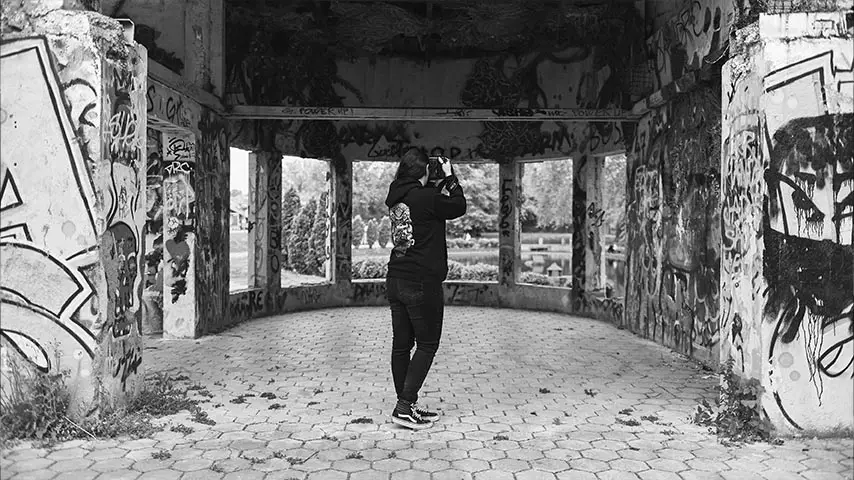
On a crop sensor camera, this lens becomes the equivalent of a 42mm lens or 45mm for Canon. That means it gets closer to the Henri Cartier-Bresson’s point of view.
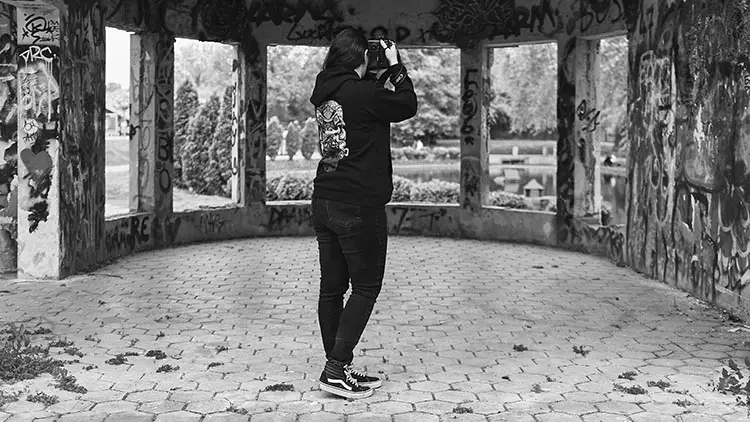
24mm vs 28mm for Landscapes
When it comes to landscape photography, the 24mm lens being 11.5% wider than the 28mm lens means that it gives you a bit more flexibility in your composition.
Since it is wider, with a slight sacrifice in resolution, you can crop the photo with the 24mm lens to look pretty much exactly as it would look if it was taken with the 28mm lens.
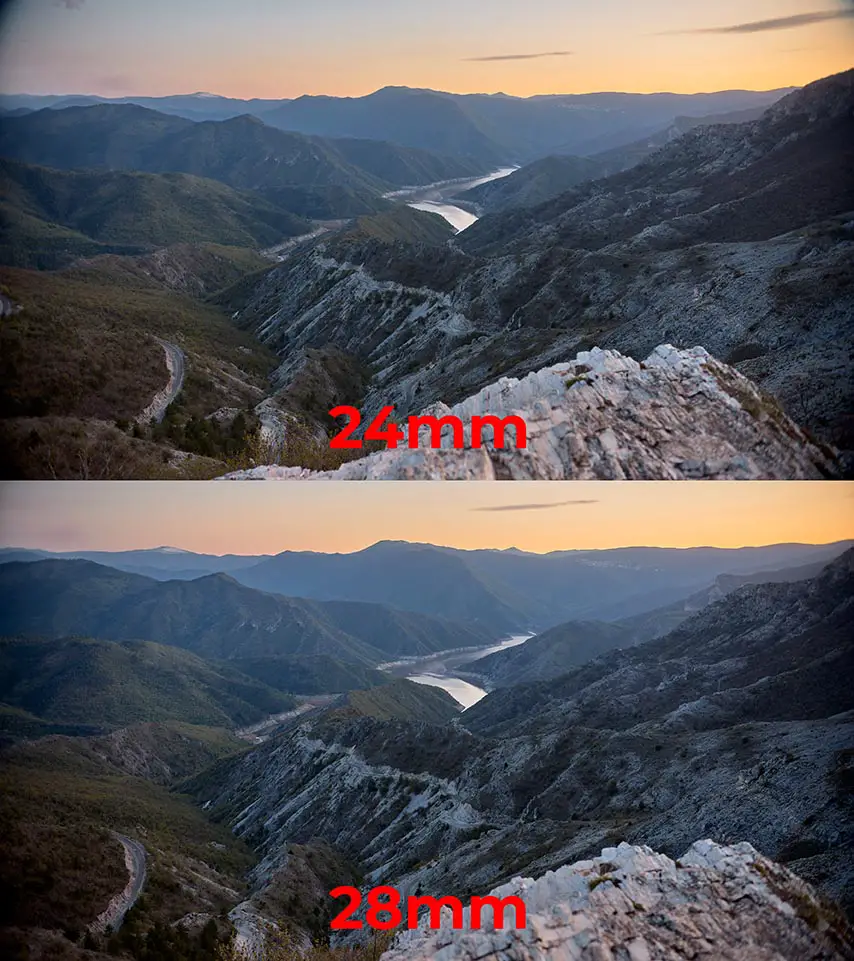
On a crop sensor camera, the story does not change much. The 24mm lens can do pretty much everything that the 28mm lens can, with a slight sacrifice in resolution.
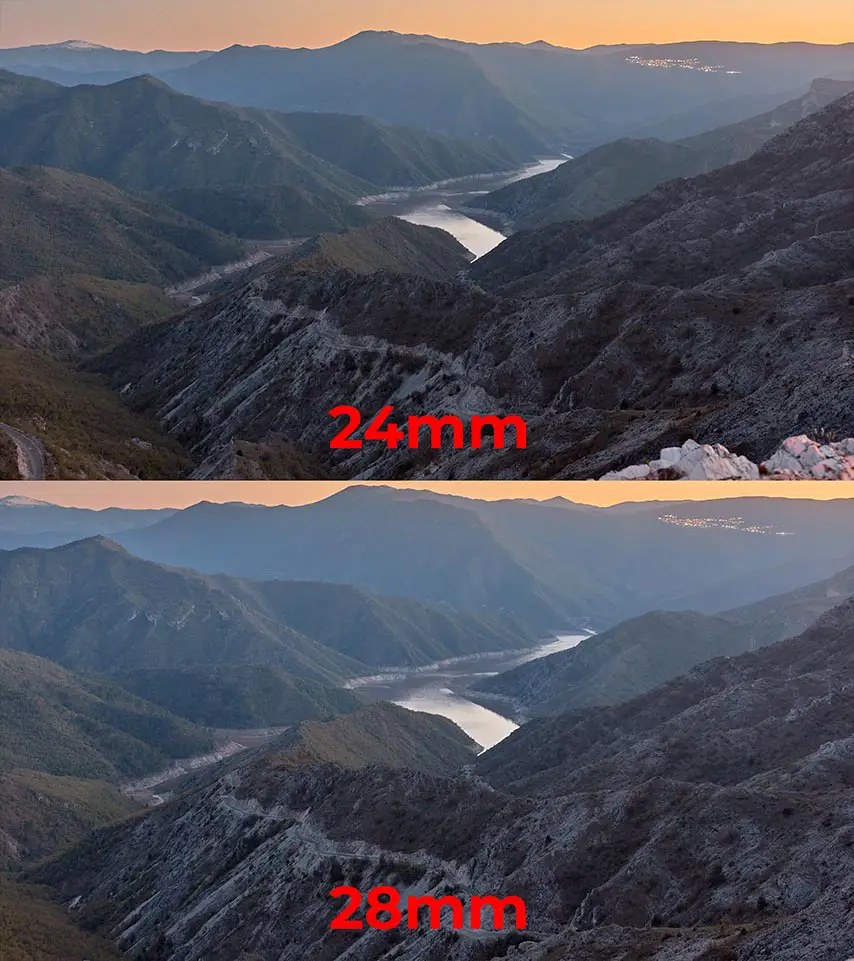
All in all, the 24mm lens is a better choice when it comes to landscape photography. It is simply wider, and the 28mm does not provide any meaningful advantages.
24mm vs 28mm for Architecture
Both lenses will not excel in architecture due to their focal length. That said, the 24mm lens is a bit wider, and that provides more compositional freedom and more opportunities.
Since both lenses are nowhere near the ultrawide range, they won’t suffer from distortion that much.
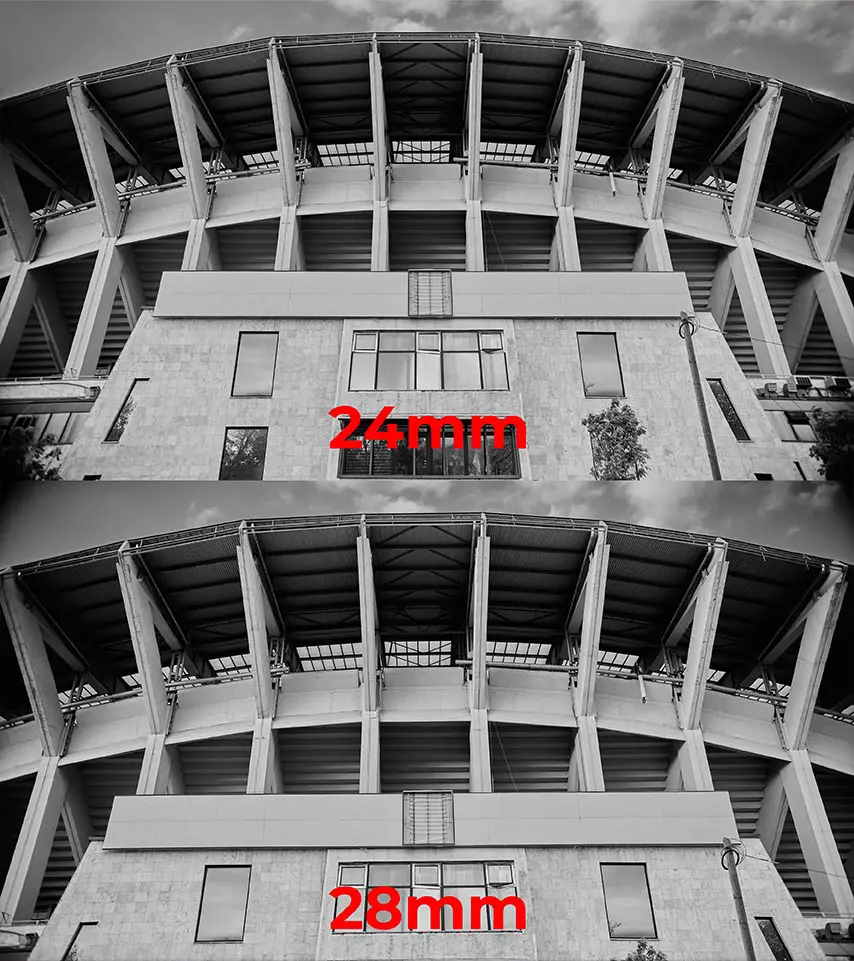
Again, in this scenario, the 24mm lens proves to be the better and more flexible choice. Even though the perfect choice would be a much wider rectilinear lens.
24mm vs 28mm for Event Photography
When it comes to events, both lenses will do just fine. The 24mm lens will provide a bit more flexibility, but the differences in dynamic scenarios like this aren’t that pronounced. A skilled photographer will do great with both lenses here.


24mm vs 28mm for Street Photography
Comparing these two lenses for street photography is a bit tough, as they both have so much to offer. There is no clear winner here since it all depends on your shooting style.
On a full-frame camera, you will be a bit further away with the 28mm lens, and on a crop sensor, the 28mm lens will look almost like the classic 50mm lens. The 24mm lens, on the other hand, will be a bit more exaggerated on a full-frame camera, and on a crop sensor camera, it will be closer to a 30mm lens.
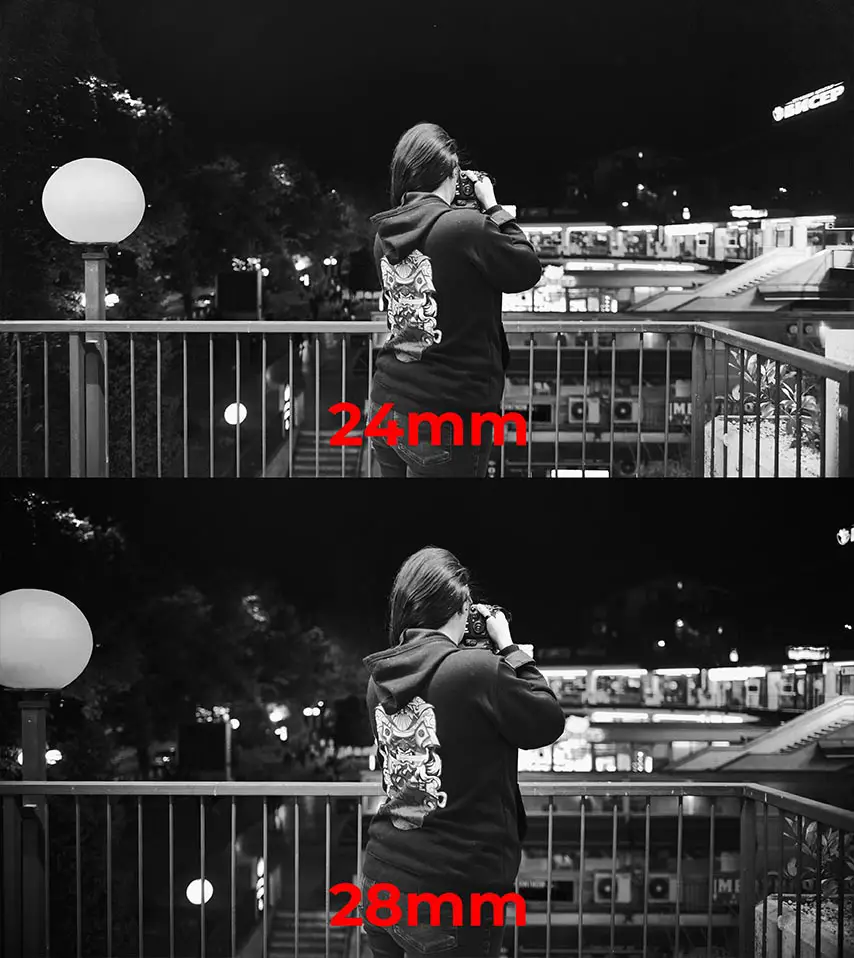
24mm vs 28mm Overall Comparison
In summary, the 24mm lens is in most cases superior, because it often provides more flexibility, but the 28mm is not that different when compared to the 24mm.
In essence, being a slightly cropped 24mm lens puts the 28mm lens in no man’s land. Not as wide as a 24mm lens, not as tight as a 35mm lens.
It does not help that most of the original manufacturers do not produce f/1.4 variants of the 28mm lens. Having to resort to third-party manufacturers for this focal range can be a deal-breaker. Not all third-party manufacturers play nice with the focusing systems of the cameras.
So for landscapes and architecture, the 24mm lens is a clear winner. For street and event photography, it is a tie. For low-light photography, the 24mm lens is slightly better, as you can find original manufacturer 24mm lenses at f/1.4, at more attractive prices.
Read More:
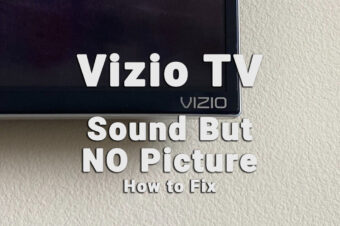

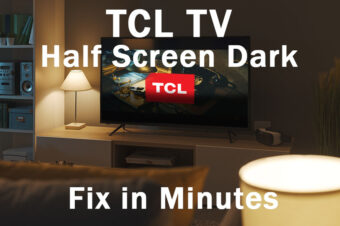
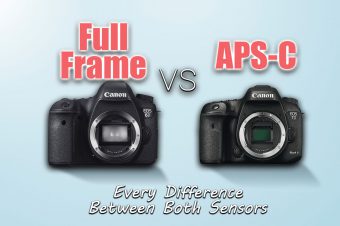
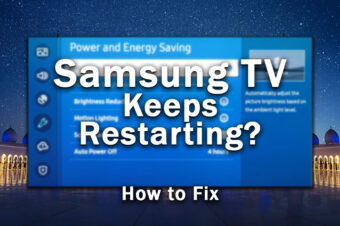
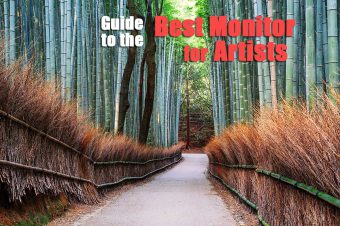
Leave a Reply